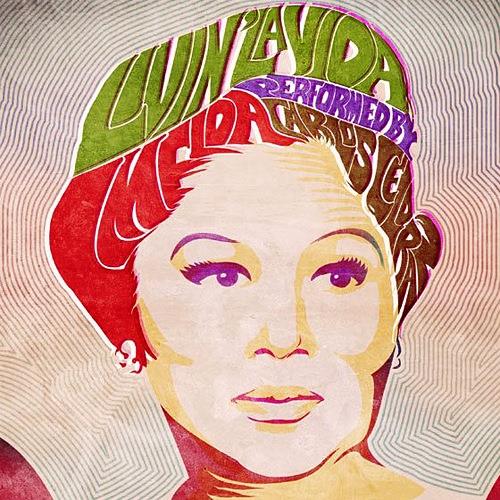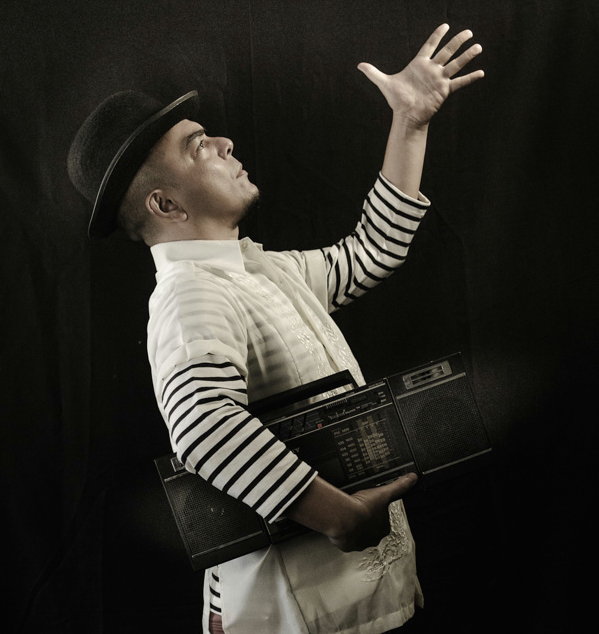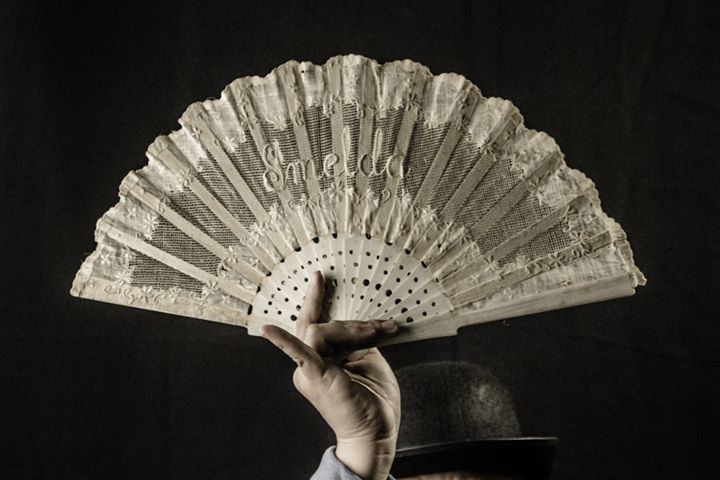What is it about Imelda Marcos that has captured the minds of artists lately? Last year, we couldn’t avoid the posters for Here Lies Love, plastered all over New York City; Imelda’s face was thrown back, microphone in hand, the neon sleeves of her Maria Clara gown punctuating the ad for the show at the Public Theater. Word-of-mouth described it as more of a nightclub than a show. It was immersive, a trendy theatrical buzzword, and had music by Fatboy Slim and David Byrne. There were rave reviews, packed houses, and a demand to bring the show back after its initial limited run concluded. For a while, this slice of Filipino history was the hottest ticket in town. But with Imelda Marcos as the twinkling stage diva-du-jour, did Here Lies Love deliver a more glamorized version of her rise to political power than Filipinos recall? This month, we see a new take on the controversial first lady. Livin’ La Vida Imelda, directed by Ralph B. Peña, premiered as part of Ma-Yi Theatre’s current season with creator and star Carlos Celdran at its helm. Mr. Celdran shows a less glorified version of Imelda Marcos than the lovesick heroine of Here Lies Love. Rather than dramatizing her life for the stage, Celdran aims, instead, for complexity.
In fact, the show is based far more in activism, heritage and history, than it is in traditional theatrics. Livin’ La Vida Imelda didn’t start the way most plays start, with workshops or table readings and maybe a small production beneath a proscenium. Instead, it began on the streets of Manila.
Celdran had been leading walking tours of Manila with Walk This Way, a company he founded. A number of routes were offered, which all introduced tourists to major sites around the city. But Celdran’s skills as a performer became the real attraction. Eventually his unique blend of tour guiding, meets musical theater, meets clowning, turned each tour into its own show. His tours became more solidified and scripted. He developed a rhythm and audiences grew.
Livin’ La Vida Imelda began as one of these tours. Celdran led groups past major Marcosian sites in a presentation he referred to as, “ironically irreverent yet informative.” Instead of the disco-dancing woman known outside the Philippines mostly for her shoe collection, Carlos Celdran winded from site to site, stood on the ground Imelda had walked upon and broke down the Marcos mythos. In 2012, The New York Times called the piece, “a delicious mix of history, gossip and social commentary.”
Soon, Ma-Yi Theater’s Executive Director Jorge Ortell took notice of Celdran and had the vision to bring the tour to New York stages.
“I watched the Manila version over two years ago and right away thought this would be very appropriate for NYC,” said Jorge Ortoll, Executive Director of Ma-Yi Theater Company. “I spoke with Carlos, who was willing to make cuts and revise the script to make it more resonant to non-Filipino ears, as our audience is not only Filipino-American, but also non-Filipino Asians and non-Asians.”
How exactly did a walking tour turn into a stage show? Ma-Yi’s expertise paired with Celdran’s vision and storytelling certainly bode well for the future of Livin’ La Vida Imelda and we have high hopes for the production.
As Ortoll explained, “Artistic Director Ralph Peña directs the Ma-Yi version and he and Carlos culled it from a 2.5 hour script to 90 minutes. It's tighter, more cohesive and moves at a very rapid pace. We've also added an actual set, projections and multiple lighting and sound cues, to make it a true theatrical piece.”
That said, the team also has the burden of sharing a darker time in Filipino history with New Yorkers-- folks who likely only know Imelda Marcos from bubblegum subway ads or a thumping Fatboy Slim beat. That responsibility isn’t lost on Celdran or the team at Ma-Yi.
“One has to be at least 40-years-old to remember what the Marcos regime was like,” says Ortoll. “It set the tone for unbridled plunder and disrespect of human rights and freedom of speech. The regimes following Marcos all took his example as license to do the same and even more. How and why this happened is an important history lesson to anyone of any age and any nationality.”
If there is one way to tactfully open eyes, it’s with art. It’s no wonder that Celdran, like so many artists before him, have latched onto performance as his form of activism. By mixing humor, music, drama and storytelling, an audience can be taken on a journey through the Marcos’ highs and lows. And, when done well, everyone lands in the same place when the curtain falls, thinking the same thing, experiencing the same feelings and perhaps ready to take the same steps toward positive change.
So, what does Ma-Yi want audiences to take away?
“A sense of discovery,” Ortoll says. “The script brings forth the noble intents of Imelda, but her narcissism and psychoses did not allow for her good intentions to be realized well. She is a complex woman. Only people who lived through the Marcos era remember how harrowing those years were - and history lessons should not be distorted with lies and truth evasion.”

Though the journey of the show was unique, perhaps it’s fitting that Livin’ La Vida Imelda’s origins were in a literal pilgrimage around Manila. Tourists and residents of the city could march together, and come to conclusions about the controversial Imelda Marcos together. Now, fresh audiences in a new country will take their own steps with the story, Celdran still ready and revving as he encourages you to “walk this way!”
Livin' La Vida Imelda closes this weekend. For tickets, head to Telecharge.com.
--
This post is Part 2 in our Kwentuhan blog series. Kwentuhan is a UniPro initiative that promotes storytelling in the Filipino American community. Read Part 1 here.


